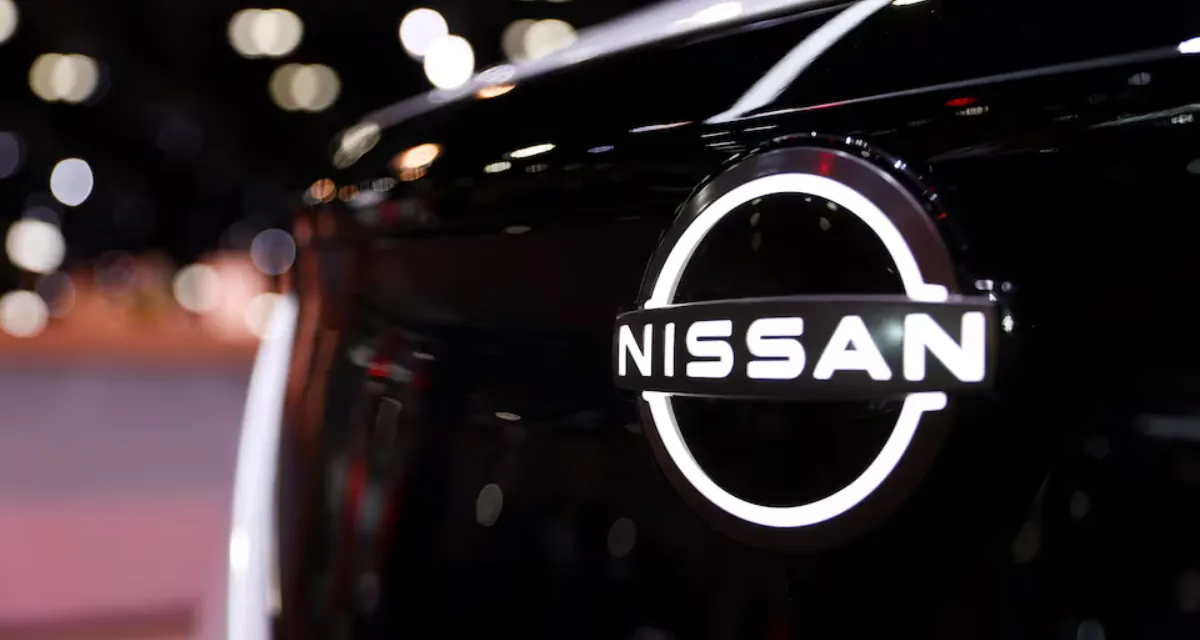

The U.S. car market, known for its fierce competition and complex dynamics, has recently presented significant challenges for major automakers Stellantis and Nissan. As these companies grapple with weak prices, high inventories, and difficult logistics, their financial performance has been adversely affected, leading to a decline in share prices.
On Thursday, shares in Milan-listed Stellantis fell by 8% by 0900 GMT, hitting their lowest point in nearly a year. Similarly, Nissan's shares plummeted by 7%, which in turn negatively impacted the stock of its French alliance partner Renault, despite Renault posting a first-half profit that exceeded expectations.
The competitive pressures in the U.S. market are proving to be a formidable obstacle for these automakers. For Stellantis, the world's fourth-largest automaker, the issues are primarily centered in North America. The company reported worse-than-expected first-half results, prompting a strategic response to address the challenges. Chief Financial Officer Natalie Knight emphasized that North America, which generates the bulk of the group’s profits, is the region requiring the most attention.
"(That) is the market that needs the most work," Knight stated, indicating that Stellantis is focusing on inventory reduction, logistics, pricing, and production output to mitigate the current difficulties.
The broader automotive industry is facing a complex landscape. Global automakers are contending with a weakening outlook for sales across major markets like the U.S., while also navigating the costly transition to electric vehicles (EVs) and increased competition from more affordable Chinese rivals. Despite these hurdles, Stellantis has managed to maintain higher profit margins than many of its peers in recent years. However, analysts at Bernstein have noted that Stellantis’ margins are now not far above those of General Motors, which recently posted solid results and raised its annual profit forecast. This comparison raises questions about Stellantis’ cost efficiency reputation.
To counteract these challenges, Stellantis has announced the introduction of 20 new models this year, a strategy aimed at boosting profitability in the latter part of the year.
Contrasting with Stellantis' struggles, Hyundai, the world's third-largest automaker by sales, reported strong second-quarter results. Hyundai's performance was bolstered by robust U.S. sales of premium SUV models and hybrid vehicles, which helped offset ongoing weaknesses in its home market of South Korea.
Nissan, on the other hand, has faced a particularly tough quarter. The Japanese automaker’s fiscal first-quarter profits were nearly wiped out, leading to a significant downgrade in its annual outlook. The U.S. market, with its deep discounting practices to clear dealer inventories, has severely impacted Nissan’s margins. CEO Makoto Uchida described the situation as a "tough one," emphasizing the need to optimize inventory buildup in the U.S. by focusing on producing better cars that can command higher prices.
Like Stellantis, Nissan is pinning its hopes on new and refreshed models to boost sales in the second half of the year. This includes the introduction of the Armada and Murano SUVs. However, the company’s strategy faces skepticism from analysts. Seiji Sugiura, an analyst at Tokai Tokyo Intelligence Laboratory, highlighted the uncertainty surrounding Nissan’s current lineup in the U.S. market, stating, "It's unclear what vehicles that Nissan is selling in the United States are popular. As the competitiveness of the models in their lineup is falling, they have no other choice but to make new vehicles, sell those, and hope that they will be popular."
The challenges faced by Stellantis and Nissan underscore the broader difficulties in the U.S. automotive market. Automakers are not only dealing with fluctuating market conditions and competitive pressures but also navigating the complex transition towards electric mobility and sustainable practices. For Stellantis, the immediate focus is on addressing the pressing issues in North America, while Nissan seeks to stabilize its operations and regain market competitiveness with its new vehicle offerings.
As the automotive landscape continues to evolve, these companies will need to adapt swiftly and strategically to overcome the current hurdles and capitalize on future opportunities. The introduction of new models and the emphasis on quality and efficiency will be crucial in determining their success in this highly competitive market.
Also Read: